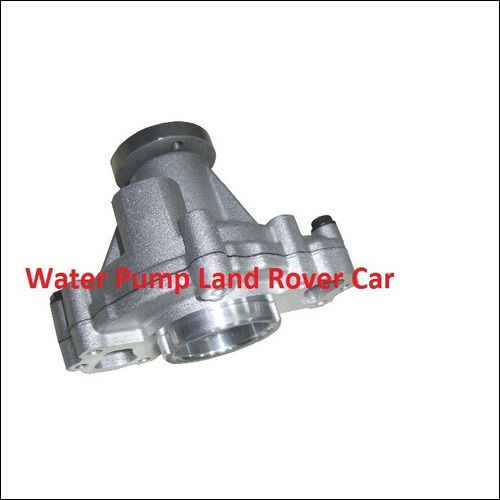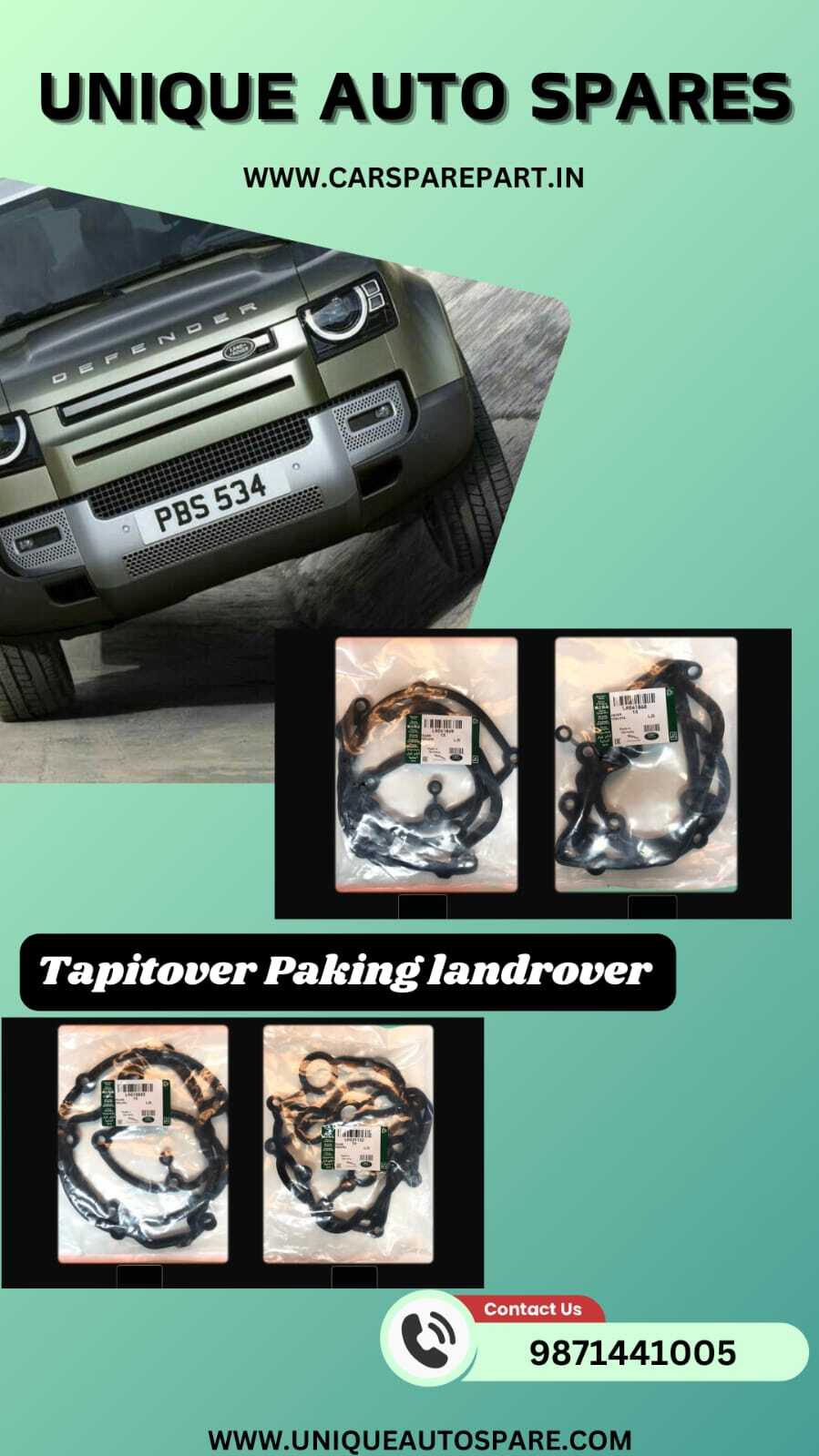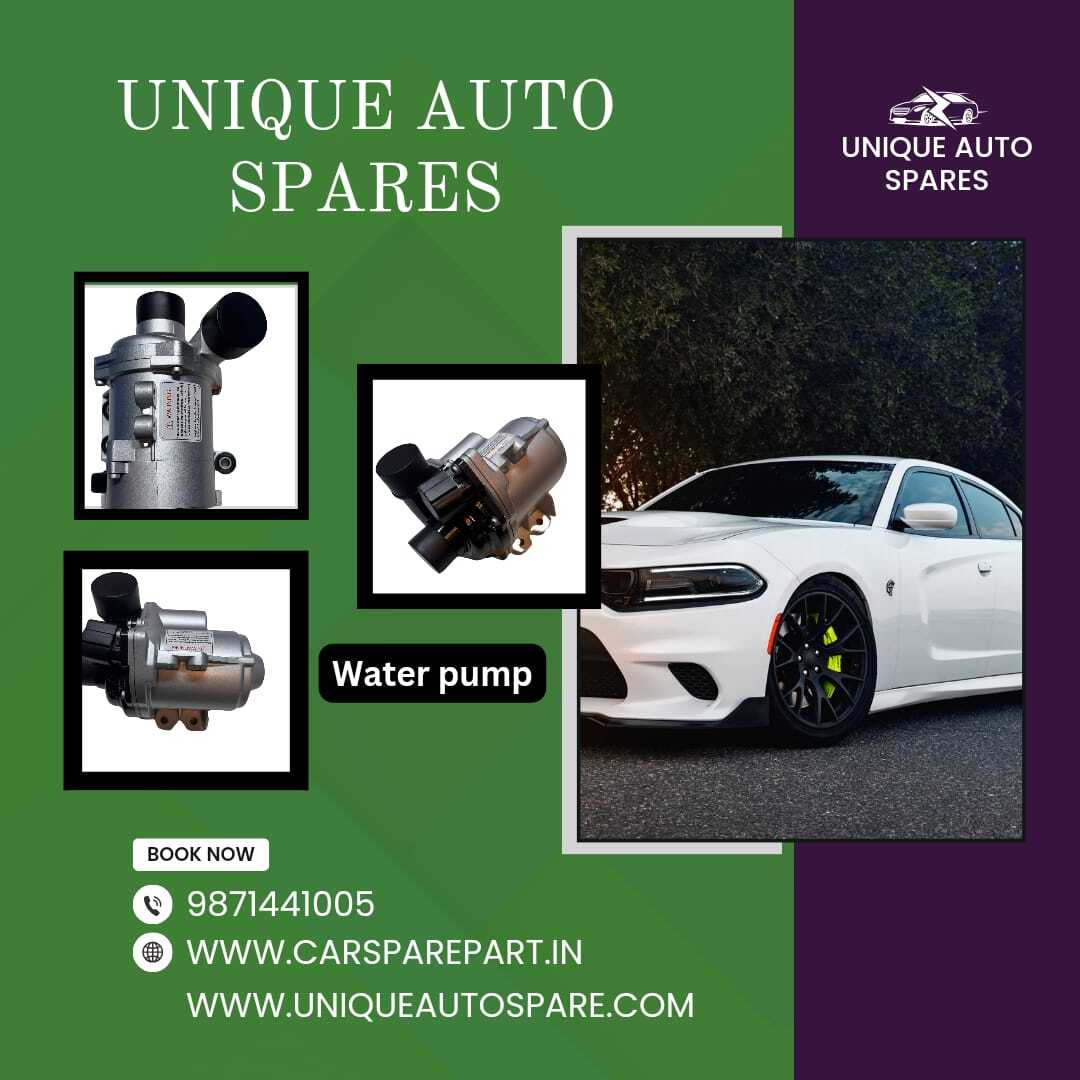Land Rover Car Water Pump
Land Rover Car Water Pump Specification
- Warranty
- Working
- Weight
- 5 Kilograms (kg)
- Color
- Sliver
- Working Life
- Long Years
- For Use In
- Automobile Industry
- Model No
- 785454366
- Product Type
- Land Rover Car Water Pump
- Dimension (L*W*H)
- 2*2*2 Foot (ft)
- Material
- Iron
Land Rover Car Water Pump Trade Information
- Minimum Order Quantity
- 1 Piece
- FOB Port
- Delhi
- Payment Terms
- Cash Against Delivery (CAD), Cash on Delivery (COD), Cash Advance (CA), Cash in Advance (CID), Cheque, Delivery Point (DP)
- Supply Ability
- 1000 Pieces Per Day
- Delivery Time
- 1 Days
- Packaging Details
- Cardboard box and cover with sack
- Main Domestic Market
- All India
About Land Rover Car Water Pump
The water pump is a vital component of your Land Rover's cooling system. It circulates coolant through the engine and radiator, helping to maintain the engine at the optimal operating temperature. Here�s a detailed guide on the function, signs of failure, and replacement process for a Land Rover water pump.
Function of the Water Pump:
- Circulates Coolant: The water pump circulates coolant from the radiator through the engine and back to the radiator.
- Maintains Temperature: It helps maintain the engine�s optimal operating temperature, preventing overheating.
- Supports Heater Function: The pump also ensures the heater core receives hot coolant to provide heat to the cabin.
Signs of a Faulty Water Pump:
- Overheating Engine: If the water pump fails, the engine may overheat due to insufficient coolant circulation.
- Coolant Leaks: Visible coolant leaks under the vehicle, especially near the front, can indicate a failing water pump.
- Whining Noise: A high-pitched whining or grinding noise from the front of the engine may indicate bearing failure within the water pump.
- Steam from the Radiator: Steam coming from the radiator or engine bay can be a sign of a coolant leak or overheating due to a bad water pump.
- Low Coolant Level: Frequent drops in coolant level without obvious leaks elsewhere in the system might point to a water pump issue.
Tools and Materials Needed for Replacement:
- New water pump (specific to your Land Rover model)
- Gasket or sealant (often included with the new water pump)
- Socket set and wrenches
- Screwdrivers
- Pliers
- Coolant
- Drain pan
- Torque wrench
- Jack and jack stands
- Safety glasses and gloves
Steps to Replace the Water Pump:
-
Preparation:
- Park the vehicle on a flat surface and engage the parking brake.
- Allow the engine to cool completely to avoid burns.
- Wear safety glasses and gloves for protection.
-
Disconnect the Battery:
- Disconnect the negative terminal of the battery to ensure safety while working on the electrical components.
-
Drain the Coolant:
- Place a drain pan under the radiator.
- Open the radiator drain valve or remove the lower radiator hose to drain the coolant.
-
Remove the Serpentine Belt:
- Locate the serpentine belt tensioner.
- Use a wrench or serpentine belt tool to relieve tension and remove the belt from the pulleys.
-
Remove Components Obstructing Access:
- Depending on the model, you may need to remove various components to access the water pump. These might include the fan, fan shroud, or other parts blocking the water pump.
-
Remove the Water Pump:
- Locate the water pump and identify the mounting bolts.
- Remove the bolts using the appropriate socket or wrench.
- Carefully pull the water pump away from the engine. Some coolant may spill out, so have the drain pan ready.
- Clean the mounting surface on the engine to ensure a proper seal for the new pump.
-
Install the New Water Pump:
- Position the new water pump and align it with the mounting holes.
- Insert the new gasket or apply sealant if required.
- Secure the water pump with the mounting bolts, tightening them to the manufacturer�s specified torque.
-
Reassemble Removed Components:
- Reinstall any components that were removed to access the water pump, such as the fan, fan shroud, or other parts.
- Reinstall the serpentine belt, ensuring it is routed correctly and properly tensioned.
-
Refill the Coolant:
- Reattach the lower radiator hose or close the drain valve.
- Refill the radiator with the appropriate type and amount of coolant.
- Bleed the cooling system to remove any air pockets, following the vehicle manufacturer�s guidelines.
-
Reconnect the Battery:
- Reconnect the negative terminal of the battery.
-
Test the New Water Pump:
- Start the engine and let it reach operating temperature.
- Check for proper operation of the water pump by monitoring the temperature gauge and inspecting for leaks.
- Ensure the heater is working correctly and that the engine does not overheat.
Additional Tips:
- Consult the Manual: Always refer to the vehicle�s service manual for specific instructions, torque specifications, and bleeding procedures.
- Use Proper Coolant: Ensure you use the correct type of coolant recommended for your Land Rover.
- Professional Help: If you are not comfortable performing the replacement yourself, consider taking the vehicle to a professional mechanic.unique auto spares. car water pump supplier,






- Minimum Order Quantity
- 1 Piece
- Supply Ability
- 1000 Pieces Per Day
- Delivery Time
- 1 Days
- Main Domestic Market
- All India
Tell us about your requirement

Price:
Quantity
Select Unit
- 50
- 100
- 200
- 250
- 500
- 1000+
Additional detail
Mobile number
Email


 Send Inquiry
Send Inquiry Send SMS
Send SMS
